You are here
Back to topUS Nectarines Face Fierce Competition in China
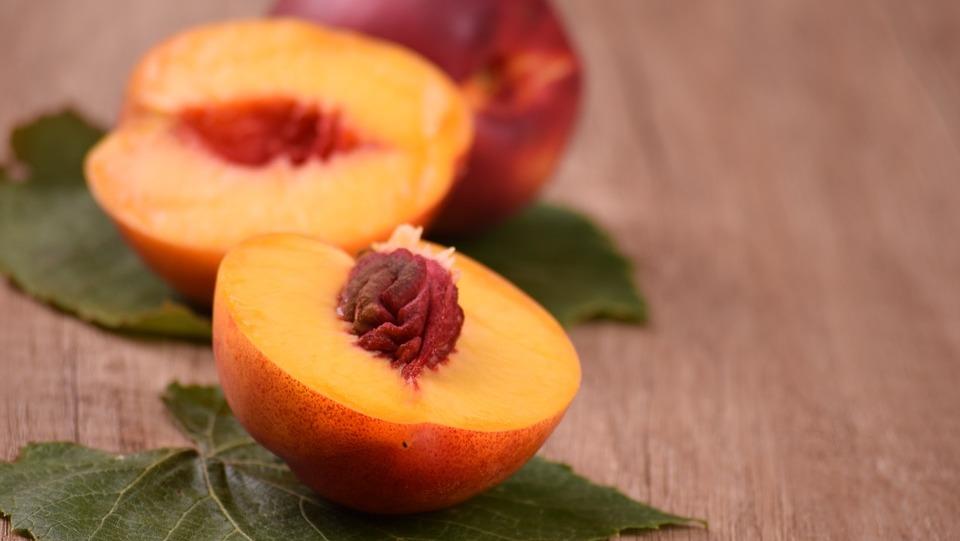
On March 4, 2020, as agreed under the U.S.–China Economic and Trade Agreement, the U.S. successfully gained market access to China for its fresh nectarines from selected regions of California, namely, Fresno, Tulare, Kern, Kings and Madera counties. To support this new opportunity for bilateral trade, the U.S. Department of Agriculture’s Foreign Agricultural Service recently published a brief report outlining the Chinese nectarine market.
California’s climatic conditions and rich soil are a perfect match for stone fruit cultivation, and the state accounts for approximately 95% of the total U.S. nectarine crop with a supply season that runs from mid-summer to mid-autumn. This partially overlaps with the supply season for China’s domestically produced peaches and nectarines, which are available from May through October with the peak harvest period occurring between July and August.
China has a long history of peach and nectarine production, as well as their export. Driven by increasing market demand, the planting area for both white-fleshed and yellow-fleshed nectarines has been expanding in China, especially in southwestern provinces such as Guizhou and Yunnan.
In China, the main selling points for peaches and nectarines are flesh color and taste. Despite white-fleshed varieties still dominating China’s nectarine market owing to price and availability, yellow-fleshed nectarines are becoming increasingly popular as a result of their unique color and consumer curiosity toward new varieties.
In May 2020, the typical retail price of imported nectarines at local supermarkets in China was approximately 7 Chinese yuan ($1.00) per jin (500 grams). In July 2020, domestic nectarines were selling for 8 yuan ($1.15) per jin. These prices correspond to a 60% decrease compared with the same time last year, which can mainly be attributed to the ongoing effects of the COVID-19 pandemic on the economy and consumption.
China began importing fresh nectarines and peaches in 2016. Since then, the volume of imported nectarines and peaches has soared from 433 tons in 2016 to almost 27,000 tons in 2019. The majority of this fruit originated from the Southern Hemisphere, namely, Chile and Australia, owing to the counter-seasonal availability of these imports, and most imports occur between November and April.
Chilean nectarines were approved to enter China in 2016. Since then, China has become the second largest overseas market for Chilean peaches and nectarines (although Chilean peaches have not yet been granted market access to China, both fruits fall under the same Harmonized System code for customs purposes), with approximately 21% of Chile’s exports of these fruits being destined for China. Chilean nectarines are typically harvested from November through March, with Bright Pearl, Giant Pearl, Arctic Snow, Magique and Venus as the main varieties exported to China. In 2019, Chile accounted for 75% of the peaches and nectarines imported into China.
Although Australia’s exports of peaches and nectarines to China are far lower than those of Chile in terms of volume, China still accounted for approximately 53% of total Australian peach and nectarine exports in 2019. The core competitiveness of Australian nectarines is the rich array of varieties available, which includes over 30 varieties of yellow-fleshed nectarines and 20 varieties of white-fleshed nectarines, where the former are the main type exported to China. Australia’s nectarine season typically begins in January and lasts for approximately two months.
The success of Chilean nectarines in China can be largely attributed to the Chile–China Free Trade Agreement, under which Chilean fresh fruits can be imported into China with zero tariffs. On Jan. 1, 2019, tariffs were also removed for the vast majority of Australian fruit exports to China, including peaches and nectarines.
In addition to the most-favored-nation tariff rate of 10%, Chinese imports of U.S. nectarines are currently subject to various retaliatory tariffs. Since March 2020, Chinese importers can apply for a waiver of the 25% Section 301 retaliatory tariff. While U.S. nectarines are not among the approximately 150 products specifically listed as eligible for tariff exclusions, applying for this exclusion is still possible for all imported commodities. Industry sources report that several importers have successfully obtained tariff exclusions for fruit items not included on the list. After this tariff exclusion, the total applied tariff on U.S. nectarines would be 25%.
Image: Pixabay
This article was translated from Chinese. Read the original article.



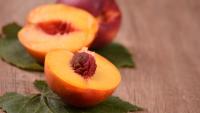
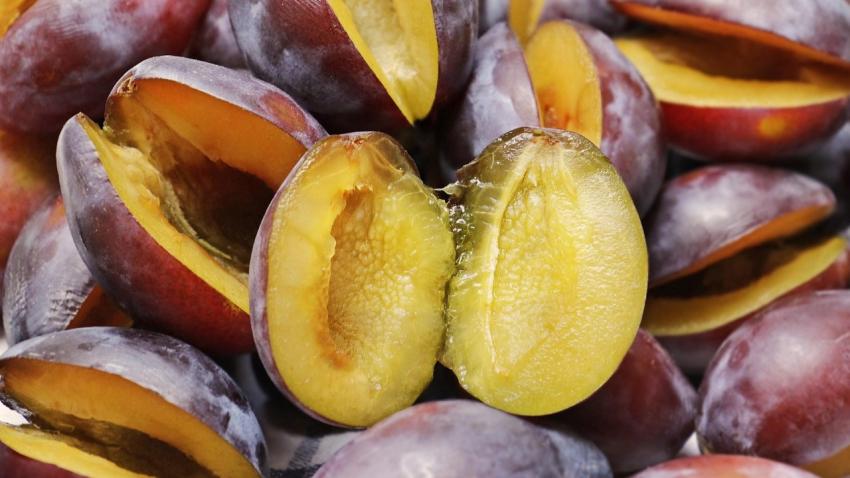
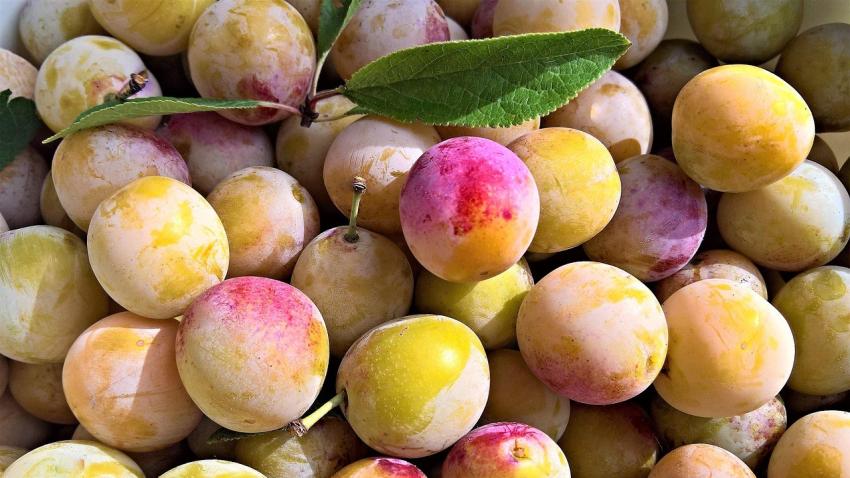
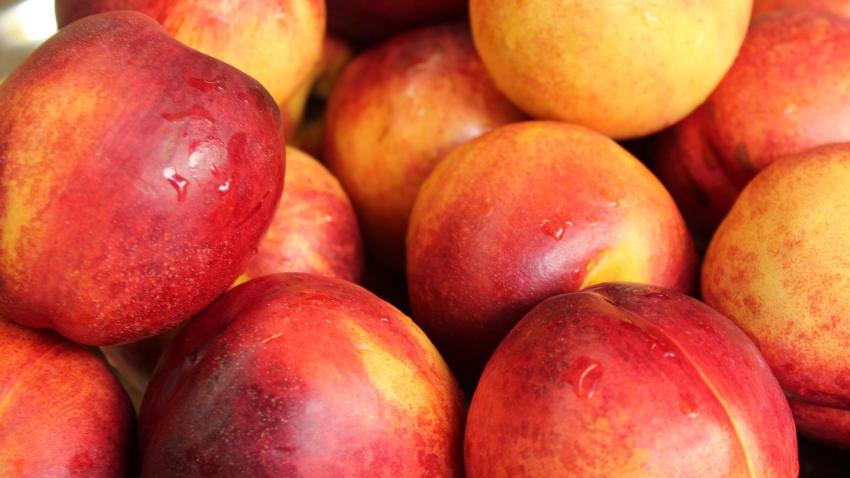
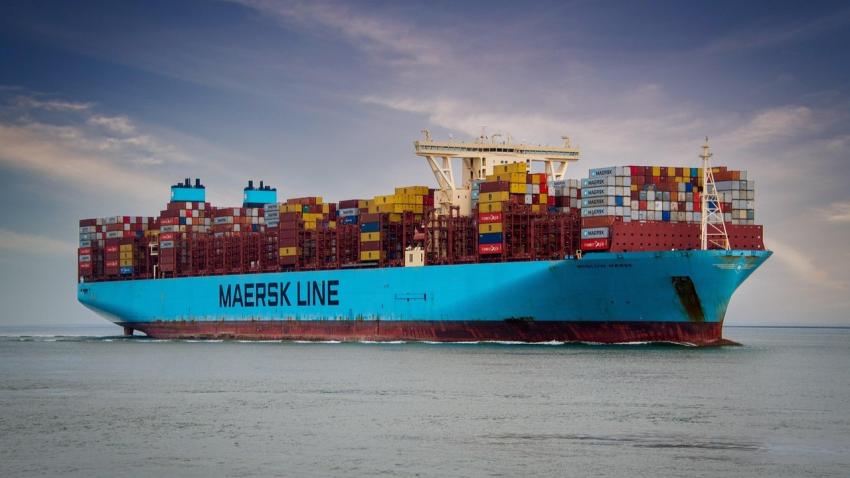







Add new comment